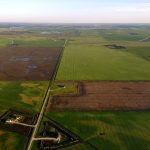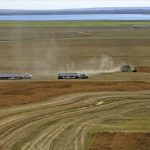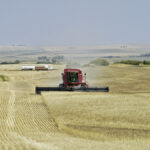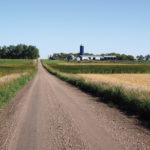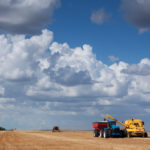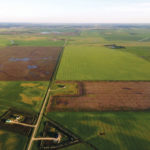Average farmland prices were up 12.8 per cent in Canada in 2022, the largest increase seen since 2014 when the increase was 14.3 per cent. The increase follows gains of 8.3 per cent in 2021 and 5.4 per cent in 2020. J.P. Gervais, FCC’s chief economist, said the numbers were a little bit of a




